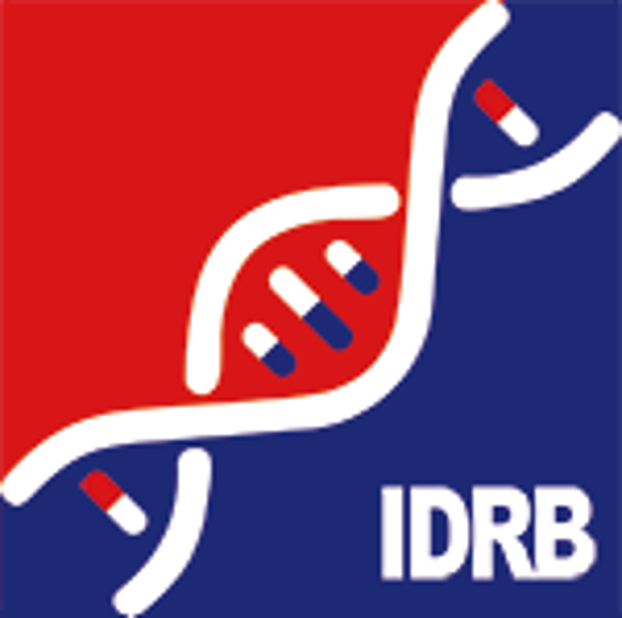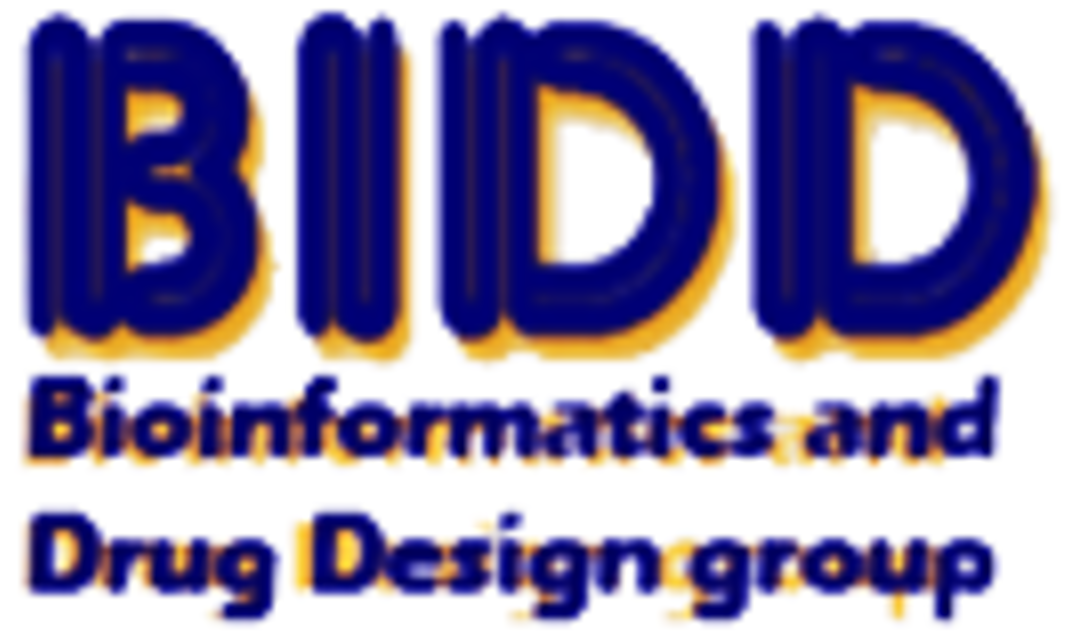| Target Validation Information | |||||
|---|---|---|---|---|---|
| Target ID | T23995 | ||||
| Target Name | Protein kinase C, theta type | ||||
| Target Type | Clinical Trial |
||||
| Drug Potency against Target | RO-320432 | Drug Info | IC50 = 21 nM | ||
| LY-317644 | Drug Info | IC50 = 6400 nM | |||
| Ro-32-0557 | Drug Info | IC50 = 6.8 nM | |||
| Sotrastaurin acetate | Drug Info | Ki = 0.22 nM | [1] | ||
| LY-326449 | Drug Info | IC50 = 630 nM | [2] | ||
| [2,2':5',2'']Terthiophen-4-yl-methanol | Drug Info | IC50 = 3000 nM | [3] | ||
| RO-316233 | Drug Info | IC50 = 550 nM | [4] | ||
| Indolocarbazole analogue | Drug Info | IC50 = 3 nM | [5] | ||
| [2,2':5',2'']Terthiophene-4-carbaldehyde | Drug Info | IC50 = 5000 nM | [3] | ||
| [2,2':5',2'']Terthiophene-4,5''-dicarbaldehyde | Drug Info | IC50 = 700 nM | [3] | ||
| Action against Disease Model | Sotrastaurin acetate | A significant fraction of ABC DLBCL cell lines exhibited strong sensitivity to sotrastaurin (STN), and we found that the molecular nature of NF-|?B pathway lesions predicted responsiveness. CD79A/B mutations correlated with STN sensitivity, whereas CARD11 mutations rendered ABC DLBCL cell lines insensitive. Growth inhibitory effects of PKC inhibition correlated with NF-|?B pathway inhibition and were mediated by induction of G?-phase cell-cycle arrest and/or cell death. We found that STN produced significant antit uMor effects in a mouse xenograft model of CD79A/B-mutated DLBCL. | [6] | Drug Info | |
| The Effect of Target Knockout, Knockdown or Genetic Variations | Protein kinase C-theta (PKCtheta) was initially isolated as an important PKC isoform expressed in T cells, although its expression is not restricted to these cells. Despite the central function of PKCtheta in several immune responses, its role in the antit uMor response against MHC class I (MHC-I)-negative cells has not been investigated. This is an important issue because most t uMor cells growing in vivo down-regulate MHC-I expression to escape the CTL-mediated response. In the present work, we show that in vivo development of a MHC-I-deficient t uMor (RMA-S) is much favored in PKCtheta(-/-) mice compared with wild-type mice. This is associated with a reduced recruitment of NK cells to the site of t uMor development and a reduced activation status of recruited NK cells. This correlates with a reduced ex vivo and in vivo cytotoxic potential of NK cells isolated from PKCtheta(-/-) mice treated with polyinosinic:polycytidylic acid. Consistently, polinosinic:cytidilic acid treatment induces PKCtheta expression and activation of its enzymatic activity in NK cells in an indirect manner. These observations underline the relevance of PKCtheta as a key molecule in NK cell-mediated antit uMor immune surveillance | ||||
| References | |||||
| REF 1 | The PKC inhibitor AEB071 may be a therapeutic option for psoriasis. J Clin Invest. 2008 Sep;118(9):3151-9. doi: 10.1172/JCI35636. | ||||
| REF 2 | J Med Chem. 1996 Jul 5;39(14):2664-71.(S)-13-[(dimethylamino)methyl]-10,11,14,15-tetrahydro-4,9:16, 21-dimetheno-1H, 13H-dibenzo[e,k]pyrrolo[3,4-h][1,4,13]oxadiazacyclohexadecene-1,3(2H)-d ione (LY333531) and related analogues: isozyme selective inhibitors of protein kinase C beta. | ||||
| REF 3 | Bioorg Med Chem Lett. 1999 Aug 2;9(15):2279-82.Novel protein kinase C inhibitors: synthesis and PKC inhibition of beta-substituted polythiophene derivatives. | ||||
| REF 4 | J Med Chem. 1992 Jan;35(1):177-84.Inhibitors of protein kinase C. 1. 2,3-Bisarylmaleimides. | ||||
| REF 5 | Bioorg Med Chem Lett. 2002 Jan 21;12(2):147-50.Mixed lineage kinase activity of indolocarbazole analogues. | ||||
| REF 6 | Catheter Cardiovasc Interv. 2004 Apr;61(4):518-27.Advanced c-myc antisense (AVI-4126)-eluting phosphorylcholine-coated stent implantation is associated with complete vascular healing and reduced neointimal formation in the porcine coronary restenosis model. | ||||
If You Find Any Error in Data or Bug in Web Service, Please Kindly Report It to Dr. Zhou and Dr. Zhang.

